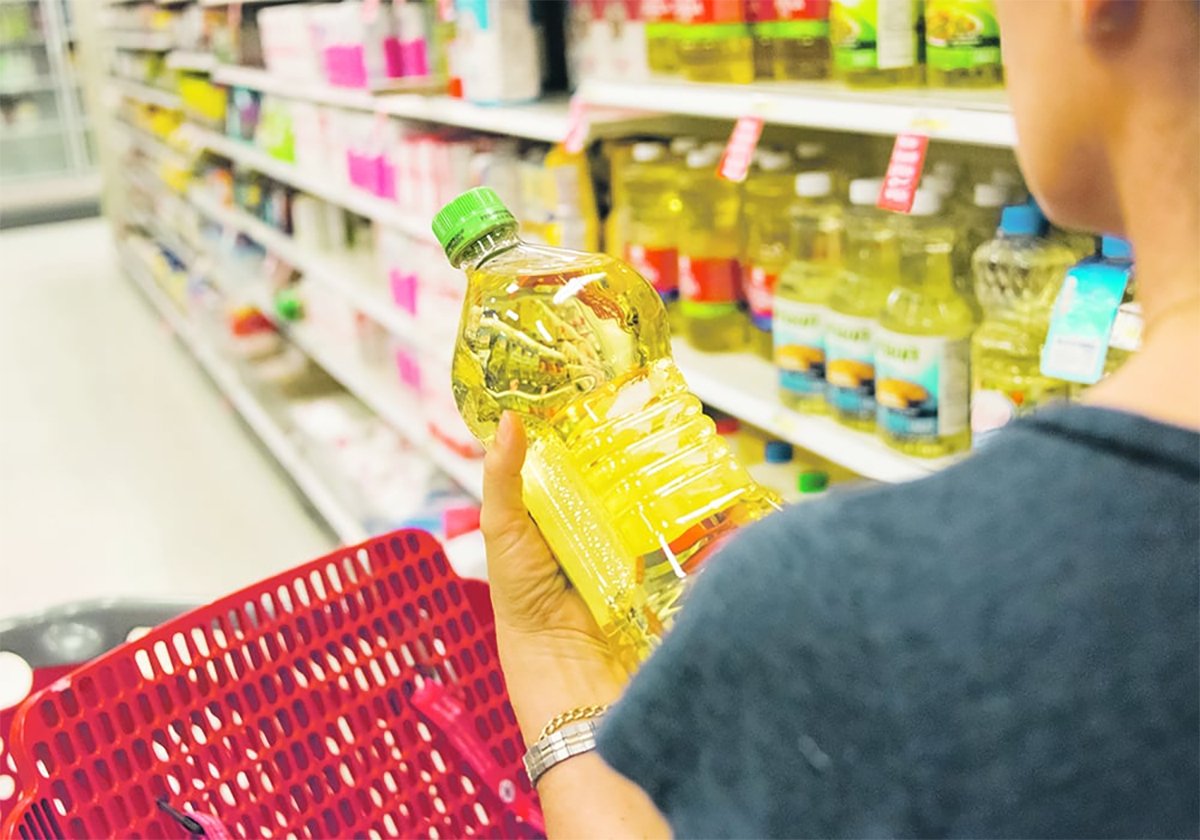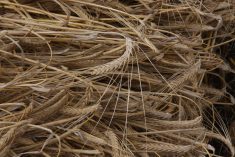Cattle and pig producers are hurtling toward a collision with an American trade issue, but many don’t see it coming, says a prominent meat market analyst.
“I don’t think there is a high level of knowledge among producers that this is potentially going to impact them,” said George Morris Centre analyst Kevin Grier in an interview during the Canadian Wheat Board’s Grain World market outlook conference.
“There’s an extreme risk here.”
Grier said mandatory country-of-origin labelling could halt prairie livestock exports to the United States. Most U.S. hog packers have said they will no longer accept Canadian hogs if the label rules are introduced in October 2004. The packers say it would be too difficult to keep Canadian and American pigs separate.
Read Also

Vegetable oil stocks are expected to tighten this year
Global vegetable oil stocks are forecast to tighten in the 2025-26 crop year, this should bode well for canola demand.
The rules, part of the 2002 U.S. farm bill, force retailers to reveal the country of origin of the red meat, fresh fruits and vegetables, fish and peanuts they sell in supermarkets.
Grier said pig and cattle industry leaders “fully understand and are approaching it in a strategic way,” but many farmers seem oblivious to the threat.
He said he was at a meeting in southeastern Saskatchewan in which even farmers who had heard about the coming U.S. rules hadn’t thought about the implications.
“Some said to me ‘I didn’t realize that this was going to affect me,’ ” said Grier.
He estimated the cost to Manitoba hog farmers as “hundreds of millions of dollars” if the law isn’t changed.
Live animal exporters are most vulnerable, Grier said. That includes Manitoba weanling exporters, who sell young piglets to hog feeders in Iowa and southern Minnesota.
Meat sellers, such as Canadian packers, won’t have as severe a problem because they can label the meat they ship.
Weanling producers may face disaster if they can’t keep selling and shipping to U.S. buyers. There aren’t enough feeding barns on the Prairies to absorb all of the weanlings that would be displaced.
Manitoba Agriculture livestock analyst Janet Honey said many major weanling producers are building feeder barns that will eventually keep a higher percentage of Manitoba animals at home.
But right now, with two million weanlings heading south from Manitoba each year, a closed border would create chaos. Producers won’t be able to react quickly enough.
“It’s just the time frame,” she said. “It takes so long to get a barn approved and built.”
Grier said he suspects the labelling issue isn’t getting much attention from federal politicians because Quebec farmers, who don’t export much livestock to the U.S., think they won’t be hurt.
“They aren’t concerned, but they should be,” said Grier.
Canadian hogs that accumulate in Canada if the U.S. border is effectively closed will flood the small domestic market, which won’t help Quebec farmers, Grier said.
He hopes U.S. farmers start fighting the law. They should, because many American producers rely on Canadian weanlings.
“How many of them are going to have to go out of business because they are not going to have Manitoba weaners?
“That is an industry that is evolving into a feeding industry. If there aren’t Canadian pigs going south, how many packing plants will have to close?”
Many U.S. farm groups, agricultural economists and processors are fighting to change the law. Because of this, some producers assume the law will be changed and aren’t too worried about it.
Grier said Canadian farmers should begin adjusting to the potential now, not later.
“Regardless of who’s opposed to it, it’s still the law,” said Grier.
“Don’t think that this is going to be changed. You have to think how is this going to be changed.”

















